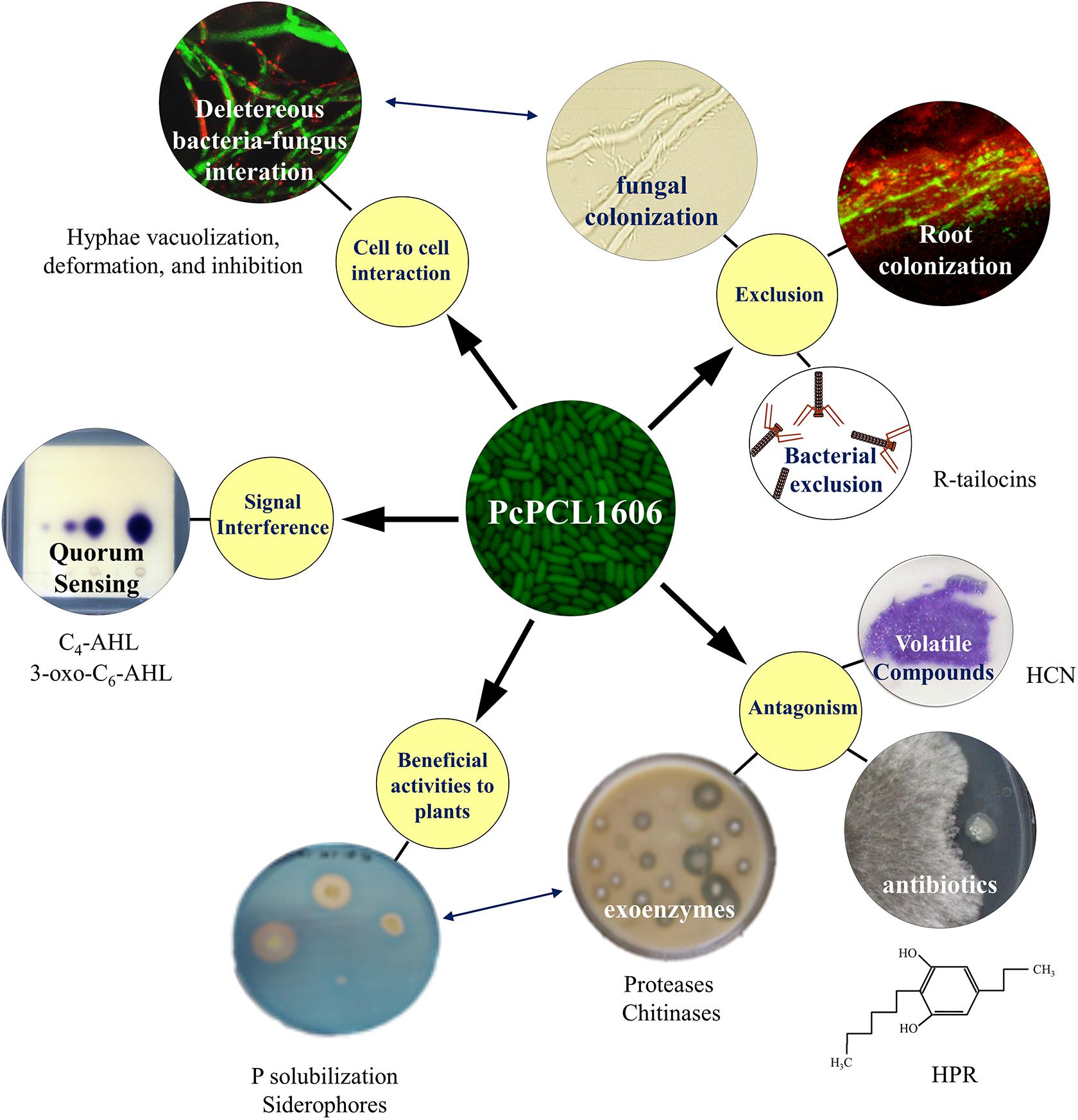


Conversely, when a non-toxic method is found to control a key pest, the reduced use of pesticides and increased survival of natural enemies frequently reduces the numbers and damage of formerly important secondary pest species. Insects which were previously of little economic importance often become damaging pests when released from the control of their natural enemies. This has been demonstrated repeatedly when pesticides have devastated the natural enemies of potential pests. Natural enemies play an important role in limiting the densities of potential pests. Even many of the species we would recognize as important pests only occasionally do significant damage to us or our resources. They are only a tiny fraction of the insect species around us. Pests are those species that attack some resource we human beings want to protect, and do it successfully enough to become either economically important or just a major annoyance. Recognizing the role of natural enemies of pest insects This publication will focus on the biological control of insects and related organisms. Biological control can be used against all types of pests, including vertebrates, plant pathogens, and weeds as well as insects, but the methods and agents used are different each type of pest. Telephone: (203) 974-8458 Fax: (203) 974-8502Į-mail: control is the use of living organisms to suppress pest populations, making them less damaging than they would otherwise be. Learn about publishing Open Access with us Journal metrics 3.571 (2020) Impact factor 3.Approaches to the Biological Control of Insect PestsĬonnecticut Agricultural Experiment Station Editor-in-Chief: Eric Wajnberg, I.N.R.A., Sophia Antipolis Cedex, France.The journal publishes interdisciplinary papers with a global perspective on the use of biological control in integrated pest management systems, and related developments in molecular biology and biotechnology that have direct relevance.īioControl also publishes forum papers and invited reviews and Letters to the Editor. Organisms covered include parasitoids, invertebrate and vertebrate predators of pest animals and plants, mites, plant and insect pathogens, nematodes, and weeds, including human and veterinary pathogens. Papers presenting only laboratory trials on non-target effects of pesticides on natural enemies are not considered but papers dealing with the corresponding effects on community dynamics of natural enemies are welcome. Coverage includes biology and ecology of organisms used for biological control, and aspects of use including biological control agents for integrated pest management. 100% of authors who answered a survey reported that they would definitely publish or probably publish in the journal againīioControl, the official journal of the International Organization for Biological Control, presents original papers on basic and applied research in all aspects of biological control of invertebrate, vertebrate and weed pests, and plant diseases.Offers interdisciplinary papers with a global perspective on use of biological control in integrated pest management systems.Presents original basic and applied research in all aspects of biological control of invertebrate, vertebrate and weed pests, and plant diseases.

Editor-in-Chief: Eric Wajnberg, INRAE, Sophia Antipolis Cedex, France.Official journal of the International Organization for Biological Control (IOBC).


 0 kommentar(er)
0 kommentar(er)
